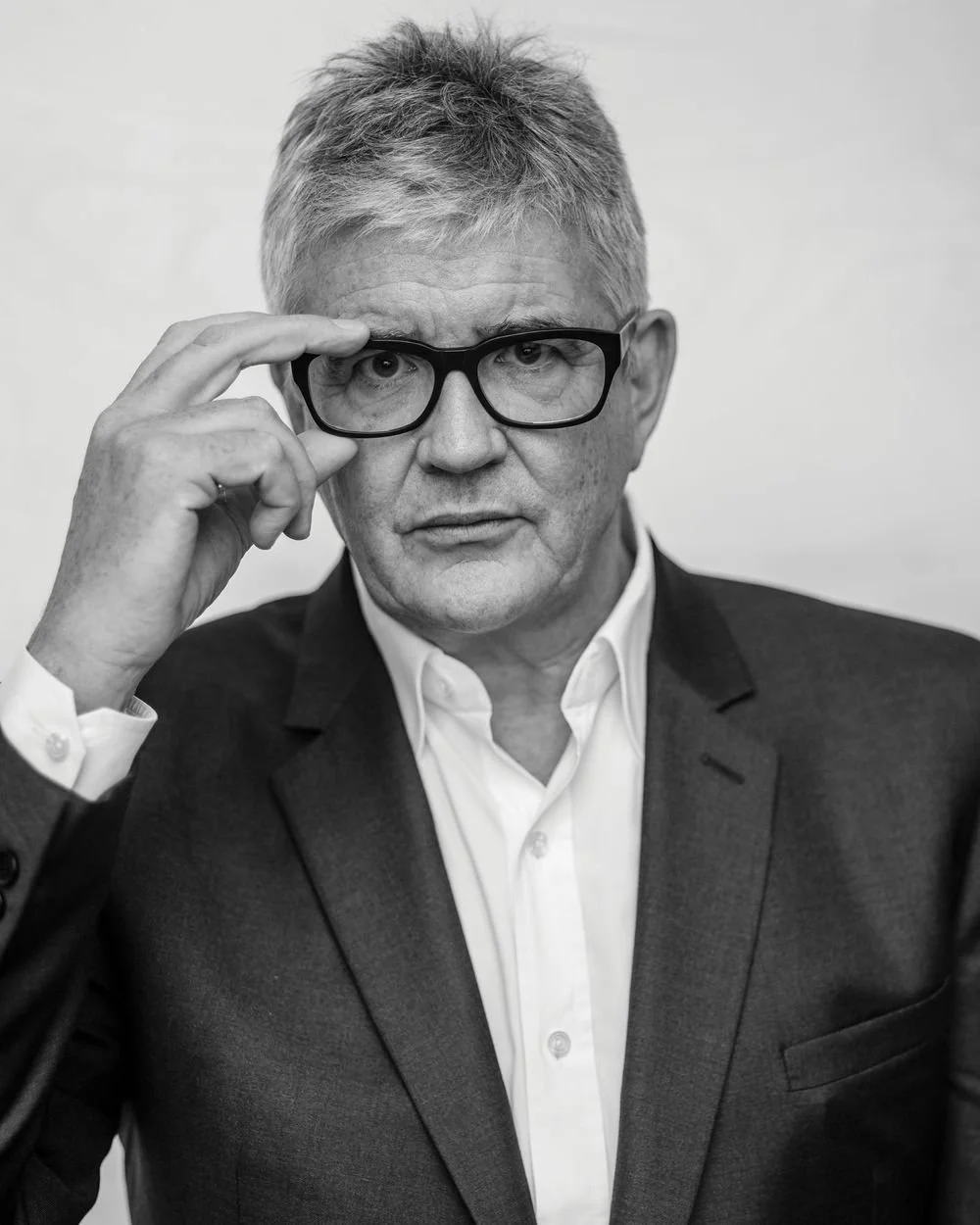10 Art Dealers Who Revolutionized the Display and Sale of Art
In the ever-evolving world of art, certain visionary dealers have profoundly influenced how art is perceived, marketed, and collected. These ten trailblazers not only transformed the art market but also played pivotal roles in shaping art history. Here’s a look at the most influential art dealers whose innovations left an indelible mark on the art world.
1. Paul Durand-Ruel
Paul Durand-Ruel
Paul Durand-Ruel was a pioneering French art dealer who championed the Impressionists. In the late 19th century, he was among the first to promote artists like Claude Monet, Édouard Manet, and Pierre-Auguste Renoir. Durand-Ruel’s innovative approach included solo exhibitions and international shows, significantly boosting the visibility and market value of Impressionist art.
2. Ambroise Vollard
Ambroise Vollard
A contemporary of Durand-Ruel, Ambroise Vollard was instrumental in advancing Post-Impressionism. Vollard’s keen eye for talent led him to work with artists like Paul Cézanne, Vincent van Gogh, and Pablo Picasso. His publication of limited edition prints and illustrated books helped democratize art ownership and broaden the audience for avant-garde works.
3. Daniel-Henry Kahnweiler
Daniel-Henry Kahnweiler with Pablo Picasso
Daniel-Henry Kahnweiler is best known for his support of Cubism. He discovered and supported Georges Braque, Pablo Picasso, and Juan Gris. Kahnweiler's dedication to promoting Cubism included writing important texts and organizing influential exhibitions, thereby cementing the movement's place in art history.
4. Leo Castelli
Leo Castelli
Leo Castelli was a titan of the 20th-century American art scene. His New York gallery launched the careers of Abstract Expressionists like Jackson Pollock and later Pop artists such as Andy Warhol and Roy Lichtenstein. Castelli’s innovative gallery practices, including regular solo shows and a stable of exclusive artists, set new standards in the art world.
5. Peggy Guggenheim
Peggy Guggenheim
Peggy Guggenheim's eclectic tastes and fearless support of modern art made her a unique force. In the mid-20th century, she championed artists like Jackson Pollock, Max Ernst, and Marcel Duchamp. Her Venice collection remains one of the most significant modern art collections, highlighting her influence on art patronage and curation.
6. Mary Boone
Mary Boon with Jean Michel Basquiat
Mary Boone emerged as a key figure in the 1980s New York art scene. Her gallery was instrumental in the rise of the Neo-Expressionist movement, showcasing artists like Jean-Michel Basquiat and Julian Schnabel. Boone’s flair for media and promotion revolutionized how contemporary art was marketed and perceived.
7. Larry Gagosian
Larry Gagosian
Larry Gagosian's empire stretches across the globe, with galleries in major cities like New York, London, and Hong Kong. Known for representing high-profile artists such as Damien Hirst, Jeff Koons, and Cindy Sherman, Gagosian’s ability to command top prices and stage blockbuster exhibitions has reshaped the commercial art landscape.
8. Jay Jopling
Jay Jopling
British dealer Jay Jopling, founder of White Cube gallery, played a crucial role in the emergence of the Young British Artists (YBAs) in the 1990s. Jopling’s representation of artists like Damien Hirst and Tracey Emin, coupled with his bold exhibition strategies, significantly influenced contemporary British art.
9. Iwan Wirth
Iwan Wirth
Co-founder of Hauser & Wirth, Iwan Wirth is known for creating dynamic spaces that blend art, architecture, and community. Representing a diverse roster of artists, Wirth’s innovative approach to gallery management and exhibition has expanded the boundaries of how art is presented and experienced.
10. Gavin Brown
Gavin Brown
Gavin Brown has been a maverick in the New York art scene since the 1990s. His unconventional gallery spaces and experimental exhibitions have fostered the careers of artists like Elizabeth Peyton and Urs Fischer. Brown’s commitment to pushing the boundaries of gallery practice continues to influence the contemporary art market.
These ten dealers revolutionized the art market through their visionary approaches to selling, promoting, and exhibiting art. Their legacies continue to influence how we experience and value art today, proving that the role of the art dealer is as dynamic and impactful as the art they champion.










